Researchers identify AsC5 as promising anode material for sodium-ion batteries
Green Car Congress
JULY 31, 2023
Researchers at Northeastern University in Shenyang, China, have identified a novel carbon arsenide (AsC 5 ) monolayer as a promising anode material for sodium-ion batteries (NIBs). Stable adsorption of Na on monolayer (bilayer) AsC 5 with an adsorption energy from to is shown by our computational simulations.


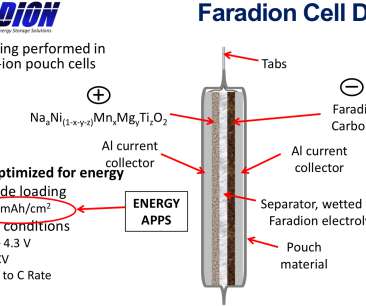
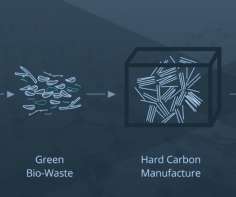
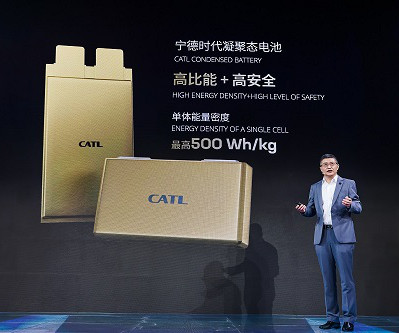
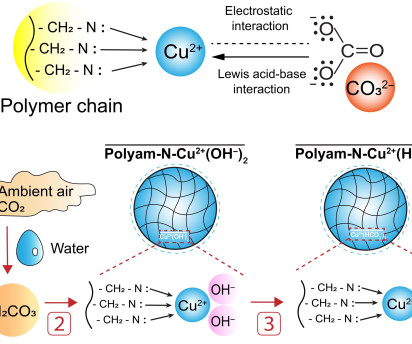













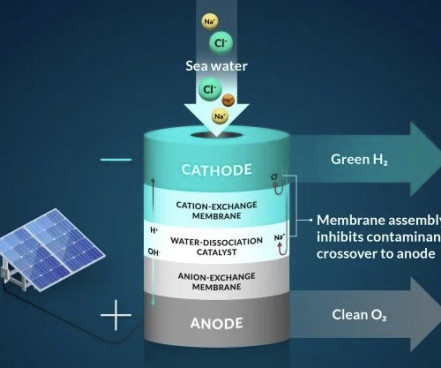






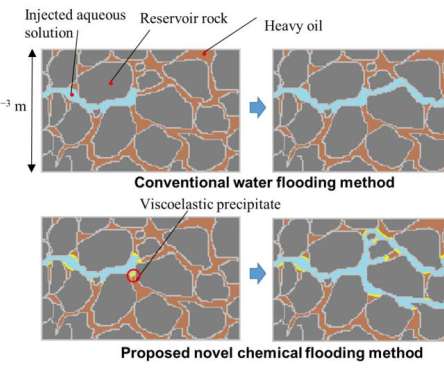



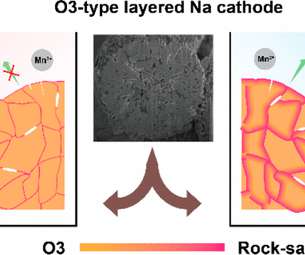













Let's personalize your content